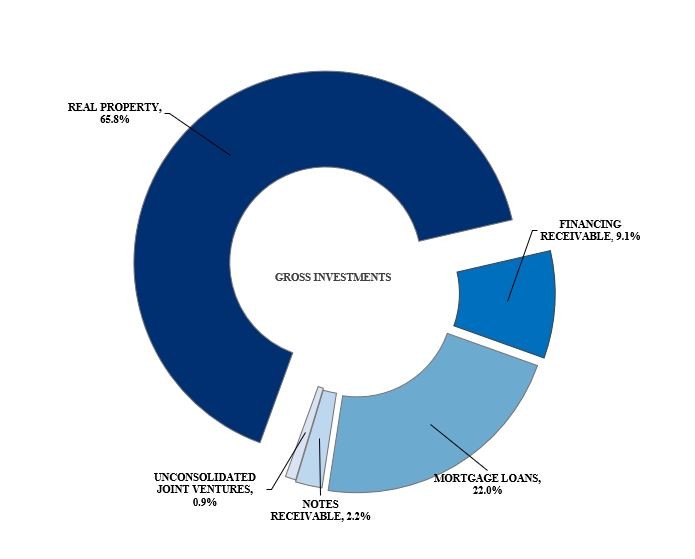Reporting Period 2, for providers who received one or more payments exceeding $10,000, in the aggregate, from July 1, 2020 to December 31, 2020, was from January 1, 2022 to March 31, 2022. Reporting Period 3, for providers who received one or more payments exceeding $10,000, in the aggregate, from January 1, 2021 to June 30, 2021, was from July 1, 2022 to September 30, 2022. Reporting Period 4, for providers who received one or more payments exceeding $10,000, in the aggregate, from July 1, 2021 to December 31, 2021, was from January 1, 2023 to March 31, 2023. Reporting Period 5, for providers who received one or more payments exceeding $10,000, in the aggregate, from January 1, 2022 to June 30, 2022, opened July 1, 2023. The deadline to submit a report is September 30, 2023. Reporting Period 6, for providers who received one or more payments exceeding $10,000, in the aggregate, from July 1, 2022 to December 31, 2022, opens January 1, 2024.
On September 10, 2021, the Biden Administration announced $25.5 billion in new funding for health care providers affected by the COVID-19 pandemic, including $8.5 billion in American Rescue Plan (“ARP”) resources for providers who serve rural Medicaid, CHIP, or Medicare patients, and an additional $17 billion for Phase 4 Provider Relief Funds for a broad range of providers who can document revenue loss and expenses associated with the pandemic, including assisted living facilities that were state-licensed/certified on or before December 31, 2020. Approximately 25% of the Phase 4 allocation was for bonus payments based on the amount and type of services provided to Medicaid, CHIP, and Medicare beneficiaries from January 1, 2019 through September 30, 2020. On December 14, 2021, HHS announced the distribution of approximately $9 billion in Provider Relief Fund Phase 4 payments to health care providers who have experienced revenue losses and expenses related to the COVID-19 pandemic. Further, on January 25, 2022, HHS announced that it would be making more than $2 billion in Provider Relief Fund Phase 4 General Distribution payments to more than 7,600 providers across the country that same week. On March 22, 2022, HHS announced an additional $413 million in Provider Relief Fund Phase 4 payments to more than 3,600 providers across the country. Finally, on April 13, 2022, HRSA announced the disbursement of more than $1.75 billion in Provider Relief Fund payments to 3,680 providers across the country.
Following prior legislation in suspending sequestration, on December 10, 2021, President Biden signed the Protecting Medicare and American Farmers from Sequester Cuts Act, which suspended the Medicare 2% sequestration reduction through March 31, 2022, and then reduced the sequestration cuts to 1% from April through June 2022. As of July 1, 2022, cuts of 2% were re-imposed.
Congress periodically considers legislation revising Medicare and Medicaid policies, including legislation that could have the impact of reducing Medicare reimbursement for SNFs and other Medicare providers, limiting state Medicaid funding allotments, encouraging home and community-based long-term care services as an alternative to institutional settings, or otherwise reforming payment policy for post-acute care services. There can be no assurances that enacted or future legislation will not have an adverse impact on the financial condition of our lessees and borrowers, which subsequently could materially adversely impact our company.
Additional reforms affecting the payment for and availability of health care services have been proposed at the federal and state level and adopted by certain states. Increasingly, state Medicaid programs are providing coverage through managed care programs under contracts with private health plans, which is intended to decrease state Medicaid costs. Congress and state legislatures can be expected to continue to review and assess alternative health care delivery systems and payment methodologies. Changes in the law, new interpretations of existing laws, or changes in payment methodologies may have a dramatic effect on the definition of permissible or impermissible activities, the relative costs associated with doing business and the amount of reimbursement by the government and other third-party payors.
